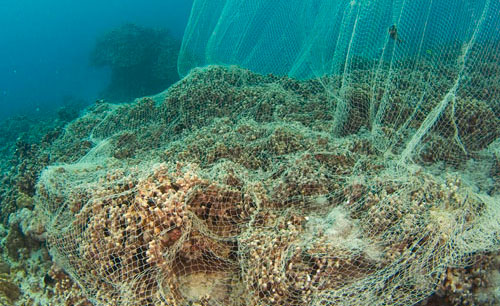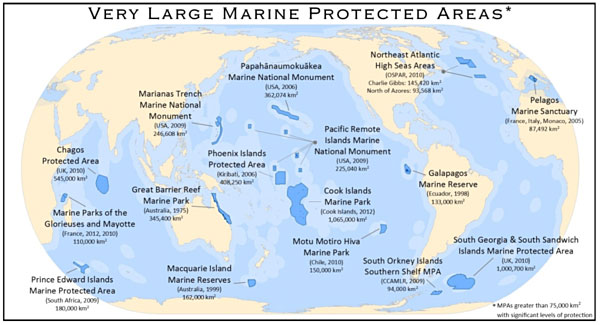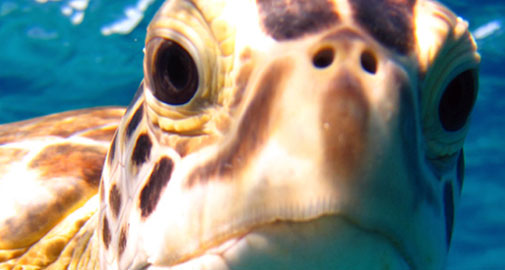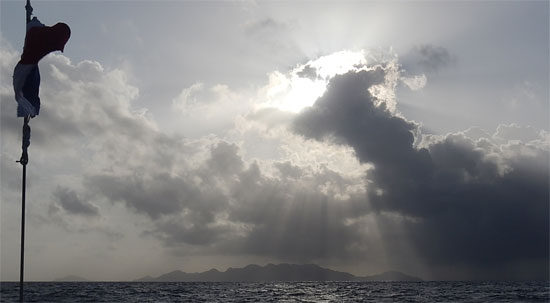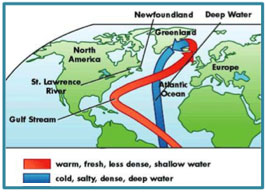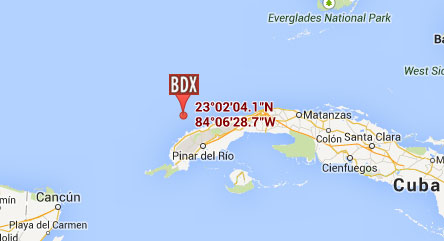During my time here in Florida, I’ve been able to get some important repairs done to the boat’s mast. I also caught up with some old friends that live down this way and I delved into the endless well of photos and videos I’ve accumulated in the last 25,000 miles. But now it’s time to depart and to sail the last 1000 miles home to Jamestown, RI.
 Last week, just after arriving here in U.S. waters, I met up with an old friend Tim Kent. Back in 2002, Tim competed with his Open 50 in the “Around Alone” race, sailing the world singlehanded. Part of our discussion centered on the tools and technologies that I used to make a journey similar to the one he made 12 years earlier. He told me that from his boat at that time, he was able to send off daily email reports, which was fairly recent technology back then. Now – depending of course on the connectivity (which is pretty darn spotty in the more remote parts of the ocean) – I was able to send videos and photos off the boat. One day before long, it will no doubt be possible for sailors like Tim or myself to stream HD color video and high-quality audio from anywhere in the world. Imagine the windows on the world that will open!
Last week, just after arriving here in U.S. waters, I met up with an old friend Tim Kent. Back in 2002, Tim competed with his Open 50 in the “Around Alone” race, sailing the world singlehanded. Part of our discussion centered on the tools and technologies that I used to make a journey similar to the one he made 12 years earlier. He told me that from his boat at that time, he was able to send off daily email reports, which was fairly recent technology back then. Now – depending of course on the connectivity (which is pretty darn spotty in the more remote parts of the ocean) – I was able to send videos and photos off the boat. One day before long, it will no doubt be possible for sailors like Tim or myself to stream HD color video and high-quality audio from anywhere in the world. Imagine the windows on the world that will open!
Changes in technology always bring with them very interesting shifts in how we carry on with our daily routines. How I use electronic navigation hardware and software today is quite different than it was for Tim in 2002. The types of rigging we use on today’s boats are a world away from the heavier and more quickly worn lines that were around in the last century. Perhaps most dramatically, how boats today are constructed and of what type of new materials… is pure progress in action.
 Why not I thought, for the sake of our BDX Learning and Discovery agenda, interview some of my friends who are more knowledgeable than I in specific areas of new sailing-related technologies. So, that’s what I did … and I must say I was knocked out by the results. I would like to share with you here all three of the interviews that I conducted recently with a group of the most skilled folks I know, in the areas of Navigation, Rigging and Composite Technology.
Why not I thought, for the sake of our BDX Learning and Discovery agenda, interview some of my friends who are more knowledgeable than I in specific areas of new sailing-related technologies. So, that’s what I did … and I must say I was knocked out by the results. I would like to share with you here all three of the interviews that I conducted recently with a group of the most skilled folks I know, in the areas of Navigation, Rigging and Composite Technology.
I asked each of them to share with us how recent changes in technology are being applied to and altering ancient methods.
If you are at all interested in the finer points of sailing, I highly encourage you to check out these interviews. Here’s who and what we have.
1) John Hoskins and Matt Scharl each tell us about advancements in sailing navigation systems
JH: “The GPS of course is tied into a host of things… a chart plotter, (this is a computer-like monitor with nautical charts imbedded in it), the wind instruments, sea temperatures, an automatic identification system (AIS), expedition navigation software, and the uplink Sailor 250 satellite for access to the Internet for GRIB files, that store tide and weather information.”
2) Alan Veenstra catches us up on new rigging technology, and how the principles of old are being modified by new lighter and stronger fibers and materials.
AV: “Modern cordage is so strong that it has made traditional hardware nearly obsolete on high-performance sailboats. The current technological revolution is in creating strong, light hardware from composites of carbon, ceramics, and epoxy.”
3) Finally, and in the longest interview, my good friend and chief builder of Bodacious Dream, Lapo Ancillotti takes us on a journey through composite materials technology, from the early days and how advances in that field have brought us to a world where “carbon fiber” is a commonly used term for anything light, strong and amazing.
LA: “3D printing is a suitable technology for light articles and prototype production only, at least until new material like “printed carbon fiber” become available – which might be happening soon… as experiments are already under way!”
So, as I take off here on Saturday, sailing the last 1000 mile up the Eastern Seaboard to Jamestown, RI, I’ll have a lot to think about and reflect upon.
I will follow up here soon with some interesting perspectives of my own. In the mean time, here’s one more video clip of a pod of False Killer Whales that came across my path just north of Cuba. Quite graciously, (though it may be hard for you to see) one of them flaps their tail a bit in what I understood to be a gesture of good luck for these final miles of my journey.
False Killer Whales
More soon,
– Dave, Bodacious Dream and (the compositely constructed) Franklin
:: BDX Website :: Email List Sign-Up :: Explorer Guides :: BDX Facebook

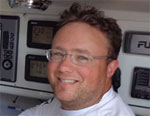
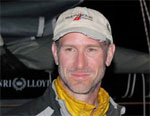
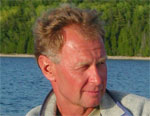
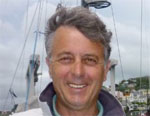
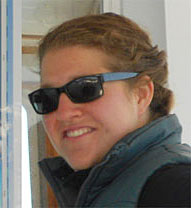
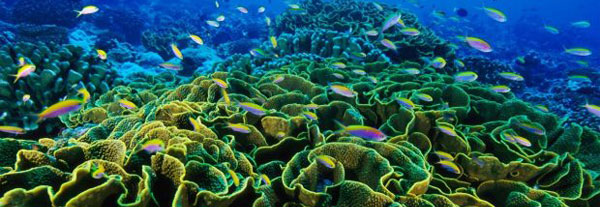
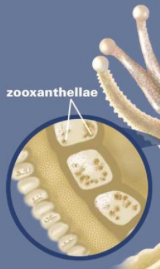 A coral reef is made up of many colonies of coral polyps which build the reef structure out of calcium carbonate. Tropical corals contain zooxanthellae, which is tiny algae that lives inside the coral where it photosynthesizes, creating food from sunlight. These algae are also what gives coral its brilliant and diverse colors. This means that coral can only occur in the “photic” zone, where sunlight penetrates the water. Corals polyps feed by extending stinging tentacles outwards to capture small prey and particles in the water column. Corals are related to other stinging animals including sea anemones and jellyfish.
A coral reef is made up of many colonies of coral polyps which build the reef structure out of calcium carbonate. Tropical corals contain zooxanthellae, which is tiny algae that lives inside the coral where it photosynthesizes, creating food from sunlight. These algae are also what gives coral its brilliant and diverse colors. This means that coral can only occur in the “photic” zone, where sunlight penetrates the water. Corals polyps feed by extending stinging tentacles outwards to capture small prey and particles in the water column. Corals are related to other stinging animals including sea anemones and jellyfish.